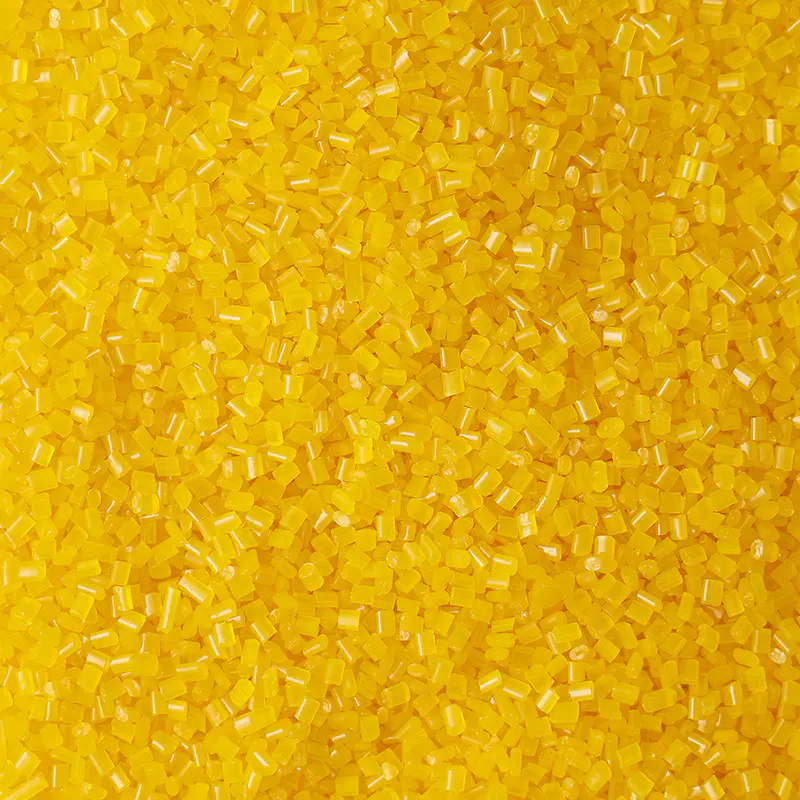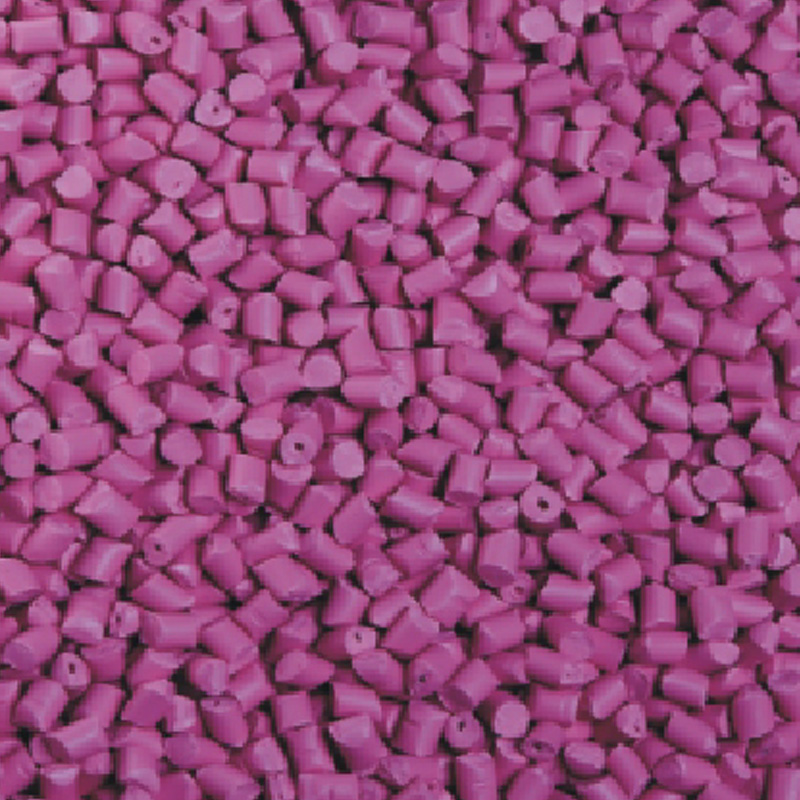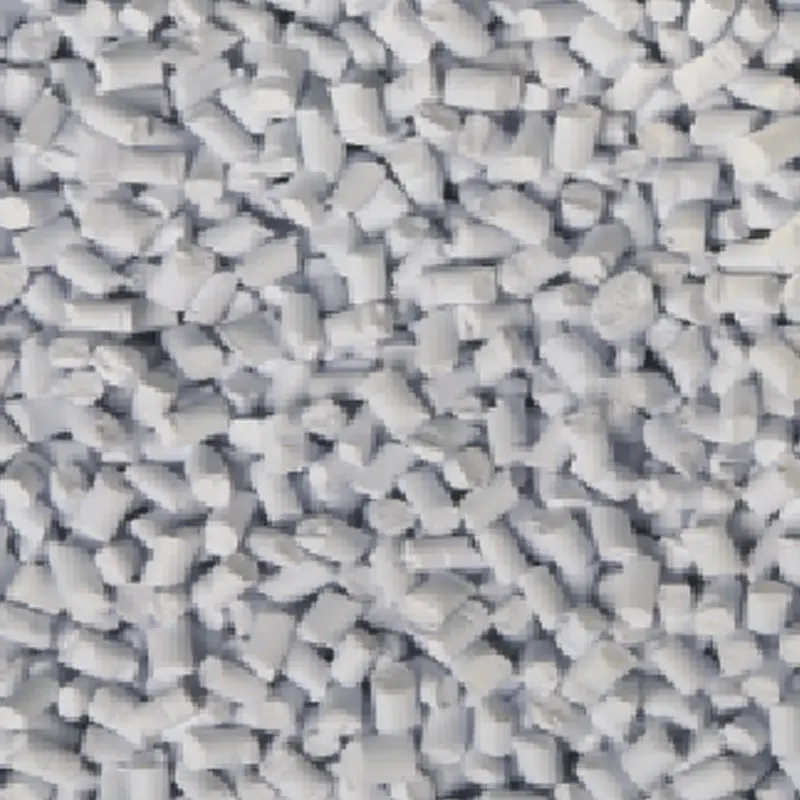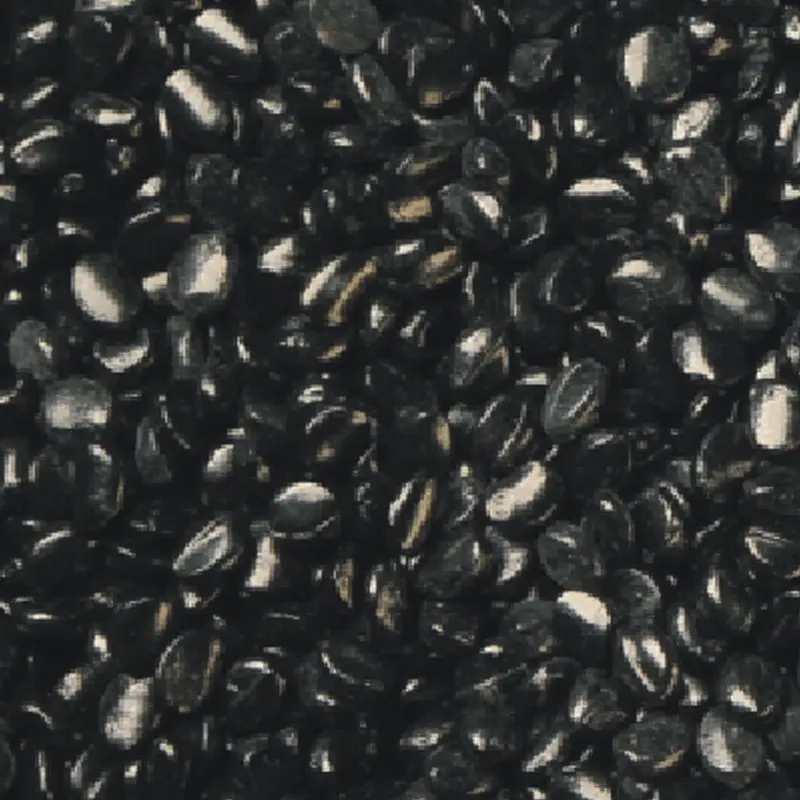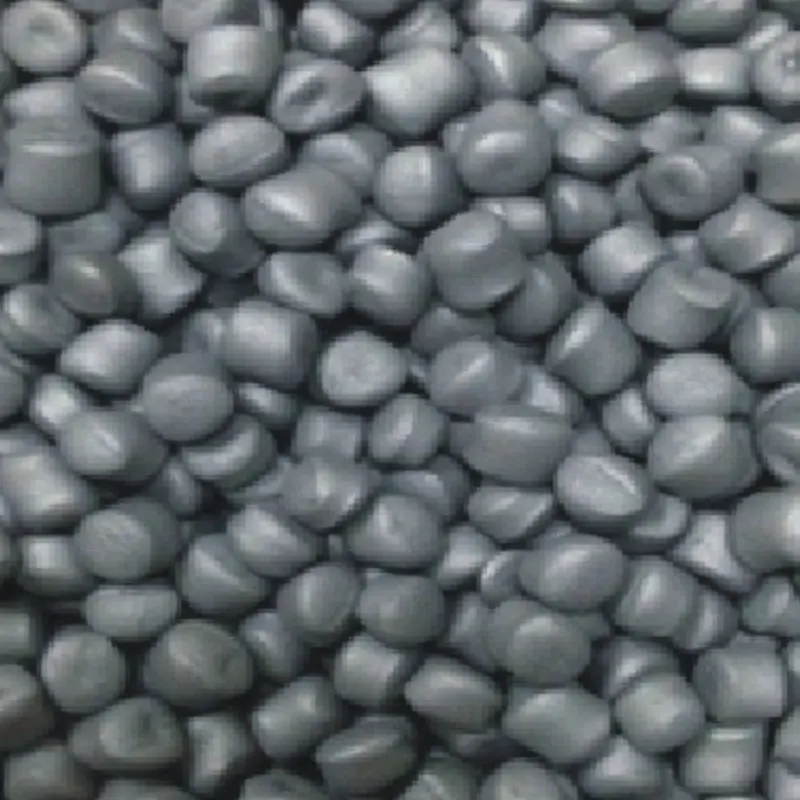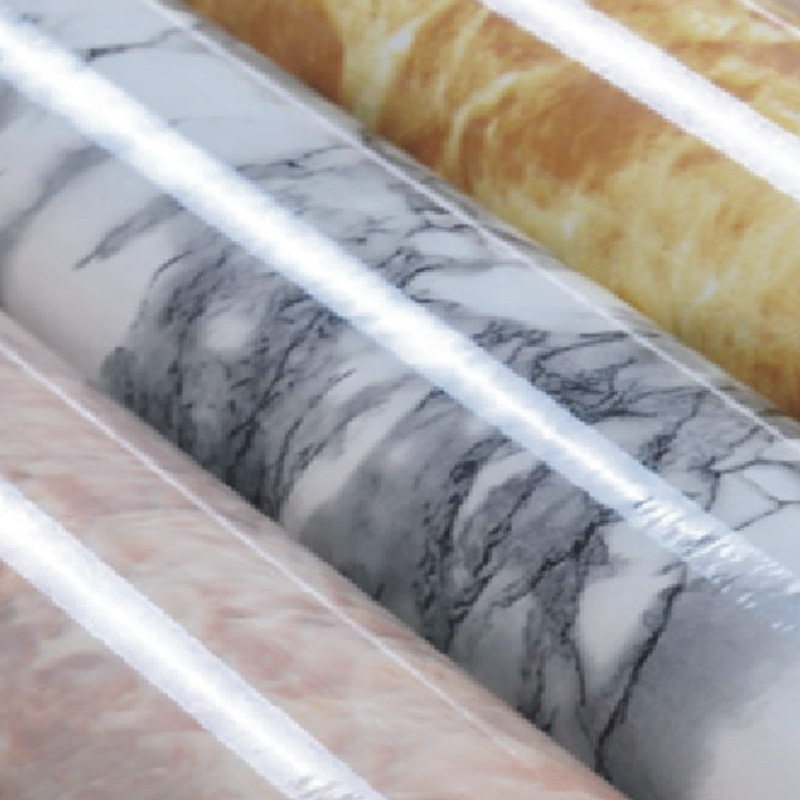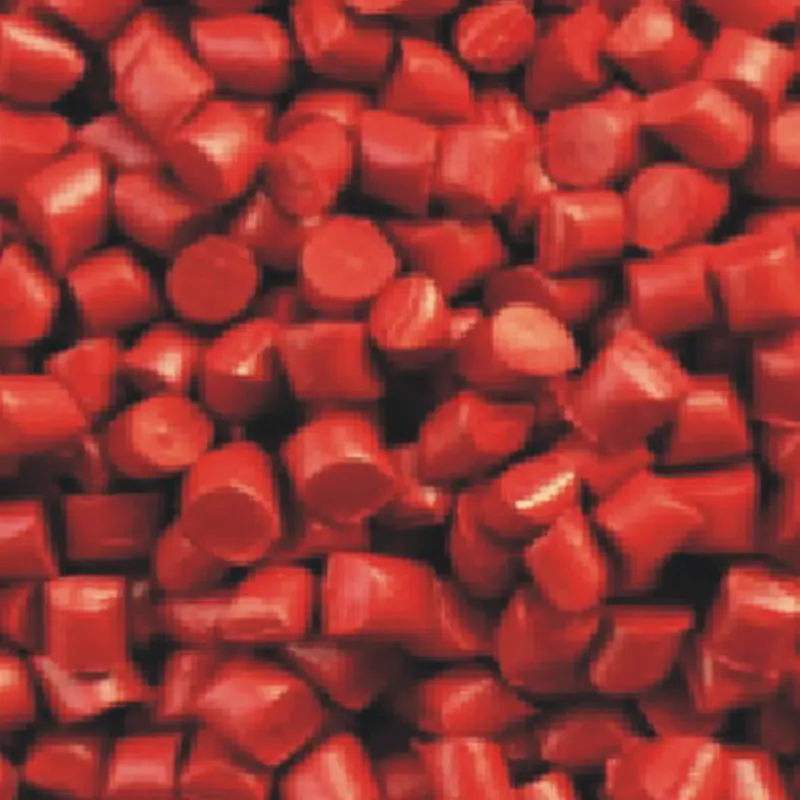When it comes to adding a unique, shimmering effect to plastic products, pearlescent finishes have become a popular choice in various industries. From cosmetic packaging to household items, the subtle shine of pearlescent colors adds an elegant touch. Behind these effects is a product known as Pearlescent Color Masterbatch, which blends pigments and additives into plastic materials.
One of the things to check when sourcing Pearlescent Color Masterbatch is the consistency of color it provides. Uniform color in every batch is essential, especially when producing large quantities of plastic parts. Inconsistent color tones can affect the look of finished items, resulting in increased waste or customer complaints. Requesting color samples and conducting small-scale tests before committing to a larger order is always a good practice.
Another crucial factor is how well the Pearlescent Color Masterbatch blends with your chosen base resin. Different plastics—such as PP, PE, PET, and ABS—require masterbatches designed specifically for them. Using a mismatched masterbatch can result in poor dispersion, uneven color distribution, or even processing difficulties. Always confirm the compatibility of the Color Masterbatch with your primary material to avoid production issues.
Not all Pearlescent Color Masterbatch products deliver the same type of finish. The size of the pearl particles within the masterbatch can dramatically influence the final look. Finer particles create a soft, silky shimmer, while larger particles result in a more visible sparkle. Knowing the effect you want in your product helps guide you in selecting the appropriate Color Masterbatch.
It’s important to ensure that the Pearlescent Color Masterbatch you select can perform well under your existing processing conditions. Whether you’re using injection molding, blow molding, or extrusion, the masterbatch must be stable and maintain its color and effect during heating and forming. Checking technical data sheets for heat resistance, melt flow, and recommended usage levels can help determine suitability.
Consider the environment in which your final product will be used. Some Pearlescent Color Masterbatch options are designed for indoor applications, while others offer added durability for outdoor exposure. Factors such as UV stability, chemical resistance, and heat endurance should be discussed with your supplier to match the masterbatch properties with the intended use.
When selecting Pearlescent Color Masterbatch for your products, consider the end-use to ensure compliance with regulatory standards, particularly for items in contact with food, toys, or personal care packaging. These often necessitate certifications to guarantee adherence to health and safety guidelines. For products destined for international markets, it's crucial to verify that the Pearlescent Color Masterbatch meets the necessary regulations.
While cost is a significant factor in sourcing Pearlescent Color Masterbatch, it's essential to balance it against the quality and consistency of the product. Opting for a lower-priced option might seem economical at beginning, but it could result in production issues or customer discontent down the line. Also, take into account the supplier's reduced order quantities and delivery times. A supplier capable of offering flexible batch sizes or expedited shipping can be invaluable, especially for small or custom orders.
The selection of Pearlescent Color Masterbatch should be meticulous, focusing on color consistency, material compatibility, the desired visual effect, and processing performance. It's also prudent to consider regulatory compliance, specific end-use needs, and the supplier's reliability. By taking these factors into account before making a purchase, manufacturers can enhance product quality, boost production efficiency, and provide customers with visually appealing and dependable pearlescent finishes. Whether you're manufacturing cosmetic containers, automotive components, or decorative items, the right Pearlescent Color Masterbatch can significantly impact the perception of your final product.

 English
English Español
Español русский
русский
